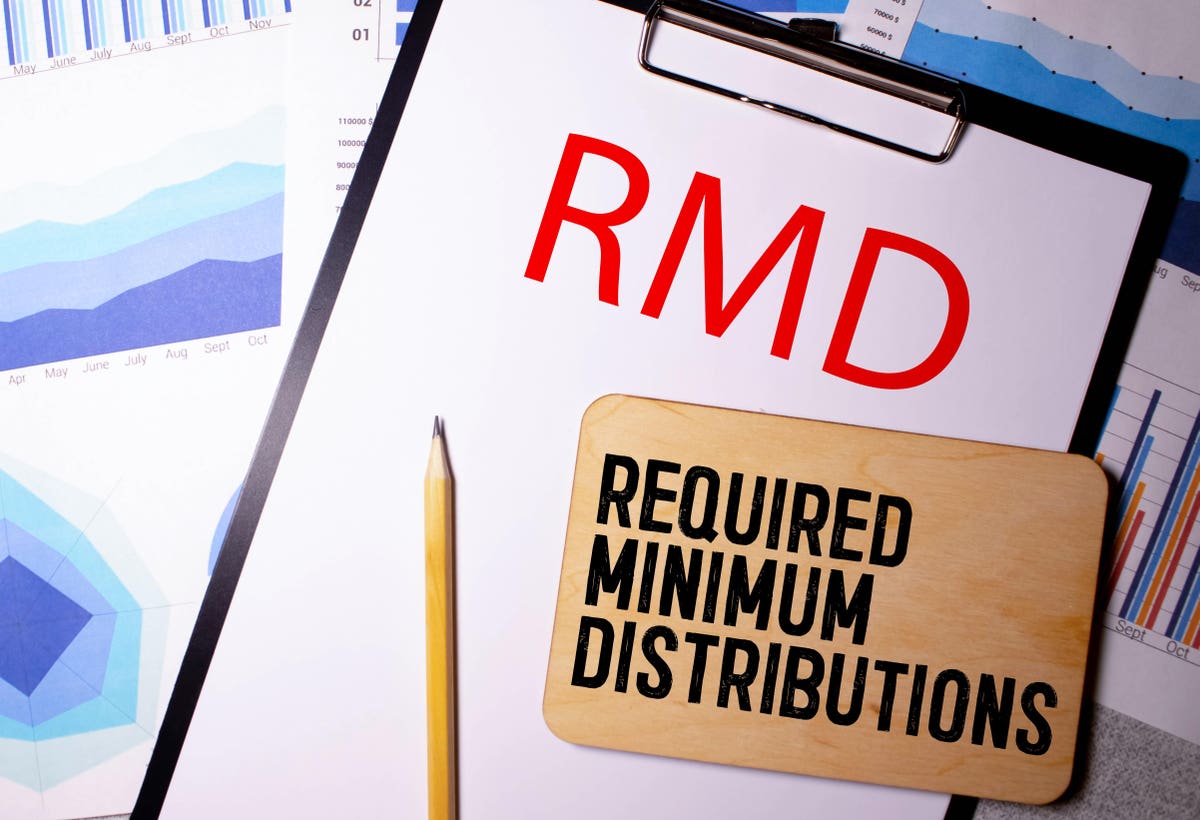The IRS recently issued some short-term guidance on required minimum distributions for IRAs, especially inherited IRAs.
The IRS isn’t ready to issue final regulations on the changes made to RMDs by the SECURE Act and other recent legislation. It issued proposed regulations on inherited IRAs in the spring of 2022 and still is considering the comments the public submitted on those proposals.
RMDs were changed in significant ways the last few years.
One major change is that the beginning age for RMDs was moved from 72 to 73 by the SECURE Act 2.0. The beginning age is 72 for those born before 1951, 73 for those born from 1951 through 1959, and 75 for those born in 1960 or later.
The IRS said the law was enacted so late in 2022 that many IRA custodians didn’t have time to update their systems. They sent account holders who turned 72 in 2023 (those born in 1951) incorrect notices that RMDs were due in 2023.
Under the pre-existing IRA rules, owners who took RMDs in 2023 they weren’t required to take could return the money tax free within 60 days. After 60 days, the money couldn’t be rolled back to an IRA and would be taxable for the year.
In the new guidance, the IRS said it will waive the 60-day deadline and allow a tax-free return of the money through September 30, regardless of when during 2023 the RMD was taken.
The waiver of the 60-day deadline applies only to IRA owners who turned 72 in 2023 and mistakenly believed they had to take an RMD in 2023. If they prefer the money to remain in their traditional IRAs, they can return it by September 30 without a penalty and without having it included in their 2023 gross income.
The second part of the guidance applies to beneficiaries who inherited IRAs after 2019.
The original SECURE Act created the 10-year rule, requiring those who inherited either traditional or Roth IRAs to fully distribute the IRAs within 10 years after inheriting them.
In 2022 the IRS issued proposed regulations requiring annual RMDs during years one through nine for a beneficiary who inherited an IRA from someone who was taking RMDs at the time of death. If the original IRA owner wasn’t taking RMDs at the time of death, the beneficiary isn’t required to take any distributions until year 10, under the proposed regulations.
But the IRS hasn’t finalized the regulations, and many in the tax profession are pushing back against the rule requiring distributions for years one through nine.
In the latest guidance, the IRS extended a waiver it previously granted. Beneficiaries who inherited IRAs after 2019 don’t have to take the RMDs yet for years one through nine and won’t be hit with penalties for failing to take the RMDs in 2021, 2022, and 2023.
Unfortunately, for beneficiaries of inherited IRAs the IRS didn’t extend the 60-day deadline for returning the money to an IRA if the beneficiary took the distribution before the IRS issued the waiver. If less than 60 days have passed since the distribution was taken, the RMD can be returned. Otherwise, the beneficiary has to keep the RMD and report it in gross income.
The issuance of this waiver likely means the IRS believes it is unlikely to issue final regulations before the end of 2023, or it will issue them too late for many people to act on the regulations in 2023.
Read the full article here










